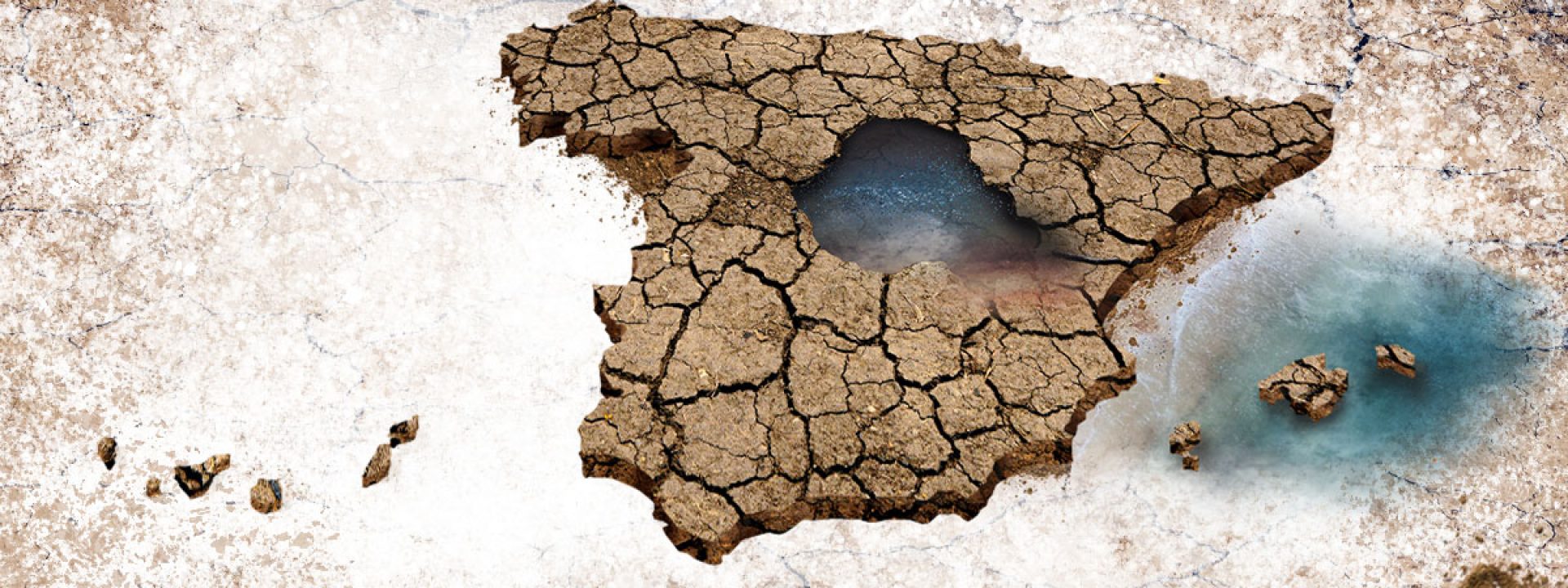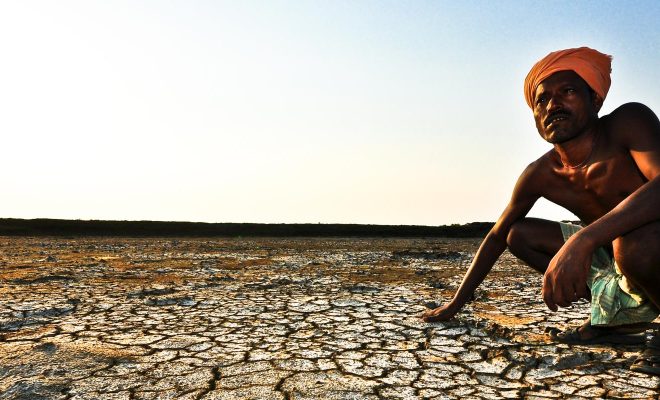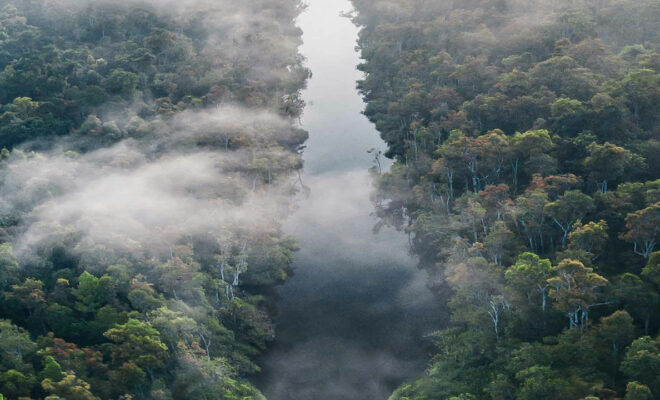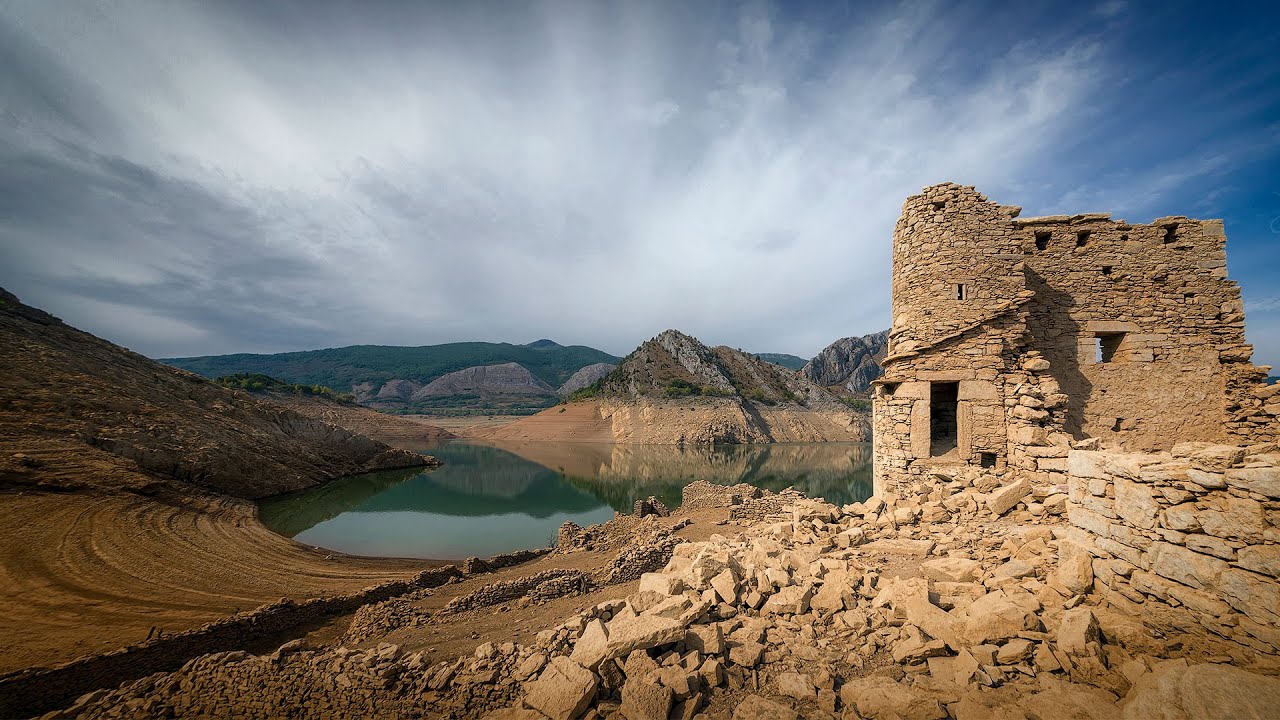
“The first thing rain washes away is the memory of the drought.” This is a metaphor that is particularly relevant in Spain. In the last 40 years, according to AEMET data, there have been three significant episodes of prolonged and intense drought in the country: 1982-84, 1991-96, and 2005-09, and four intense and short periods: in 1975-76, 1987-88, 2000-01, and 2017-18. At the time of writing this article, the country is experiencing a new period of intense but short drought. Each of these episodes has added some sense to this metaphor in Spain: governance seems not to have learned from the recurrent droughts and continues to drag endemic water problems that have yet to be solved.
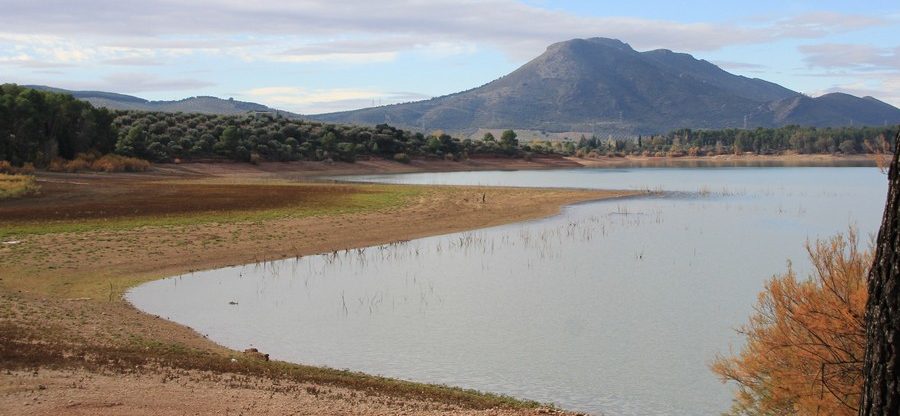
Spain is one of the most water-stressed industrialized countries in the world. © Pilar Flores-unsplash
Dry land with high water stress
The United Nations Environment Programme (UNEP) defines “drylands” as areas of a tropical and temperate climate with an aridity index below 0.65. Most Spanish territory falls into this category, with most of its Mediterranean region defined as “semiarid” (with an aridness index between 0.5 and 0.2). The most worrying fact is that 74% of the territory is at risk of desertification, with some regions in the southeast at “very high risk,” according to the Ministry for Ecological Transition and Demographic Challenge.
<p<Moreover, Spain is one of the most water-stressed industrialized countries in the world. According to the World Bank, water stress stood at 42.5% in 2017, a percentage that expresses the ratio between total extracted freshwater and naturally renewable water, considering environmental water needs. To put this figure into perspective, in Italy it reached 30% in 2017, in France it was 23%, and in Egypt, it reached 116%.
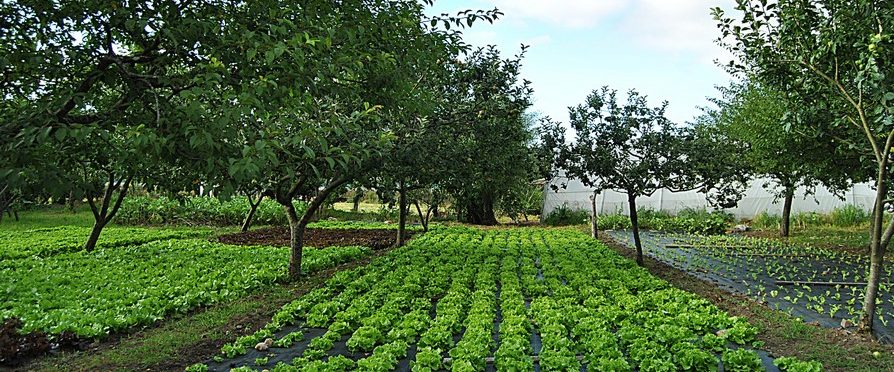
The Spanish government presented the Spain 2050 report, recognizing the concern about water stress and advocating “the restructuring of agricultural uses and crops, prioritizing sustainable and socially just agriculture.” © oscarfhevia
Agriculture, the significant stressor
Spain is the third-largest EU member in agricultural land use, with agriculture accounting for 70-80% of water use. The country closed 2020 with 3.83 million hectares of irrigated agricultural land, an area that is increasing every year. 77 % of this land is irrigated with efficient localized systems, such as drip irrigation. Still, the rest is dominated by sprinkler and gravity irrigation, systems that generate a more significant water waste.
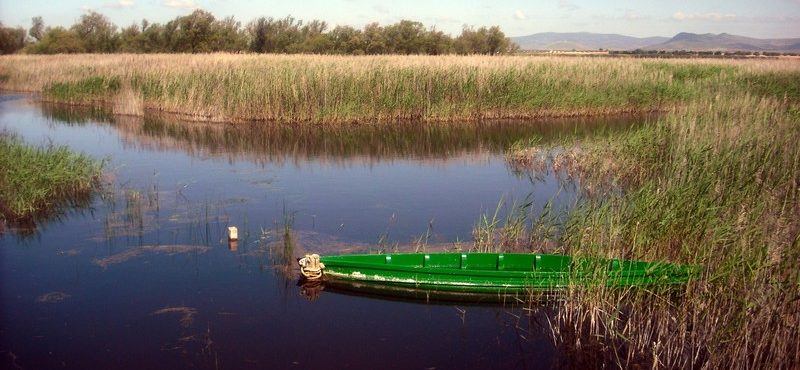
Disasters such as that of Mar Menor and the alarming degradation of wetlands such as Doñana, the Tablas de Daimiel, the Ebro Delta, and the Albufera in Valencia have raised the alarm among the public. Photo: Humedal Las Tablas de Daimiel
In March last year, the Spanish government presented the Spain 2050 report, recognizing the concern about water stress and advocating “the restructuring of agricultural uses and crops, prioritizing sustainable and socially just agriculture.” The document acknowledges that the country’s water resources are decreasing in quantity and quality. More than half of the aquifers are highly contaminated by nitrates, with 36% of them at risk of overexploitation.
The document is presented as a benchmark to mediate in the never-ending controversies over water transfers and reservoir policy, the endless “water wars” between those who defend the natural capital represented by the environment, and the intensive agriculture irrigators, who are blamed for the deterioration of aquifers. Disasters such as that of Mar Menor and the alarming degradation of wetlands such as Doñana, the Tablas de Daimiel, the Ebro Delta, and the Albufera in Valencia have raised the alarm among the public.
“Sun, sea and sand” holidays… with a lot of water
Along with agriculture, the tourism industry generates more than 50 million visitors in Spain, mainly in the summer season, when rainfall is lowest and is another major factor of water stress: while the average Spaniard consumes 127 liters per day, consumption per tourist ranges between 450 and 800 liters.
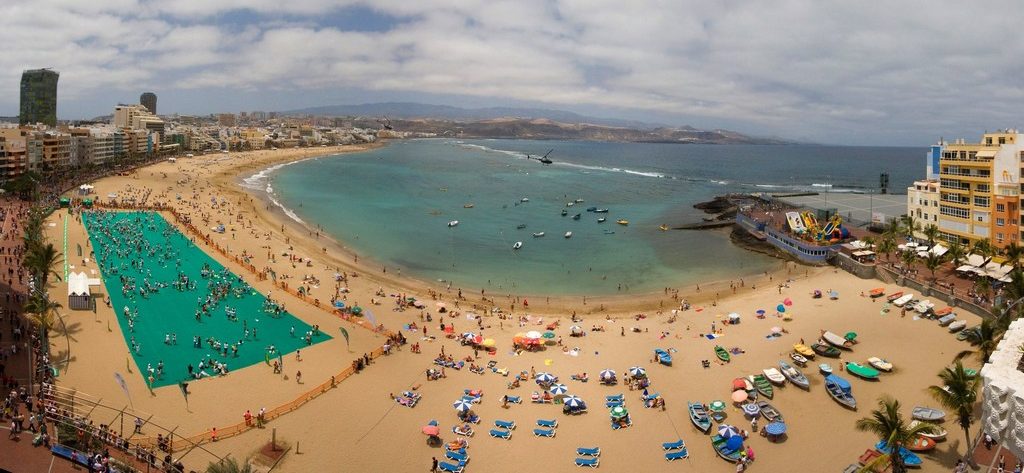
Spain is a country where most international tourists respond to the lure of “sun, sea, and sand,” terms often correlated with “drought and environmental vulnerability,”. © El Coleccionista de Instantes Fotografía & Video
During the 2019 tourist season, we at the We Are Water Foundation developed the Let’s Make a Deal project along with the Diamond Resorts hotel chain to raise the awareness of clients and staff about the importance of responsible use of water. And the result was optimal, achieving savings of 2 million liters of water compared to the previous year by reducing consumption in some areas, among them the washing of towels and bedsheets.
This awareness-raising approach is essential in Spain, where the pre-pandemic tourism industry represented 12.4% of the GDP and generated 13% of employment. In addition to this, Spain is a country where most international tourists respond to the lure of “sun, sea, and sand,” terms often correlated with “drought and environmental vulnerability,” a situation climate change threatens to worsen.
Many rules and many administrations
In Spain, there is a plethora of rules and administrations. In addition to the Central Administration, there are 8,125 municipalities, 19 autonomous regions, 40 river basins with nine inter-community basin organizations, 12 management areas in intra-community basins, and 19 river basin districts with some kind of competence over water.
Dispersion in management generates two main problems: the difficulty in designing a regulatory mechanism at the state level and the fact that many institutions, such as small towns, find it challenging to access economies of scale to finance the required facilities and technology for the supply and treatment of wastewater.
Even though the water bill in Spanish households represents 0.9% of the family budget, far below the 3% set by the UN as the limit to guarantee the right to affordability, the differences in fares create confusion and distrust among users.
Different rates, regulatory frameworks, methodologies, and lack of orthodoxy in the control of private and public resources… Spain must provide a joint and orderly response, and the need to create a regulatory body is evident.
What if, instead of paying fines, we invested more in water?
These deficiencies are one of the reasons why Spain holds the European record for EU sanctions for non-compliance in water treatment: three decades of accumulating sanctions that reach 53.4 million euros. This amount increases by 10 million euros every six months of non-compliance.
Governmental stagnation has other symptoms, such as the lack of investment in water and sanitation. After the financial crisis of 2008, Spain’s tax consolidation plan focused on reducing public investment, so that public investment was reduced threefold compared to the EU average. The situation does not seem to be improving, and the country currently has the lowest investment ratio in water among the most significant European economies.
This is evidenced by the irrelevance of water in the Next Generation program’s Recovery and Resilience Facility (RRF) to face the economic consequences of the pandemic. Despite having a perfectly identified comprehensive action plan, investments in 2021/22 in Resilient Ecosystems and Water Resources Preservation is 1.85 billion, a meager 3.6% of the RRF grants.
A regulatory body to attract investments
There is a strained debate between the public and private water management model that hinders investments in infrastructures and technology in Spain. The assimilation of water as a social good should not make us forget that investment in infrastructure and technology is necessary to guarantee water security in the long term.
Spain is an attractive country for investors, but poor regulation and the lack of adequate public-private partnership schemes are an obstacle. It is up to governance to provide markets with clear incentives to invest. It is perfectly possible to maintain water services’ public nature and have a regulatory body that oversees private, public, or mixed companies and the state, regional or local authorities.
Spain must be a benchmark for the dry world
Like in many industrialized countries, the vast majority of the Spanish population is unaware of what happens upstream of their taps and downstream of their drains. Water governance has unfinished business in its communication with citizens. Ending the confusion and mistrust of pricing variability, putting an end to the politicization of the public-private sphere, and alerting people of the urgency of thinking in terms of water security are essential measures to create an efficient context to attract the required investments. In the dryland world, where more than 2.5 billion people are struggling with the uncertainty of water insecurity, Spain has the opportunity to show the reality of water problems, create added value and generate knowledge and technology that can then be transferred to the communities most in need.


